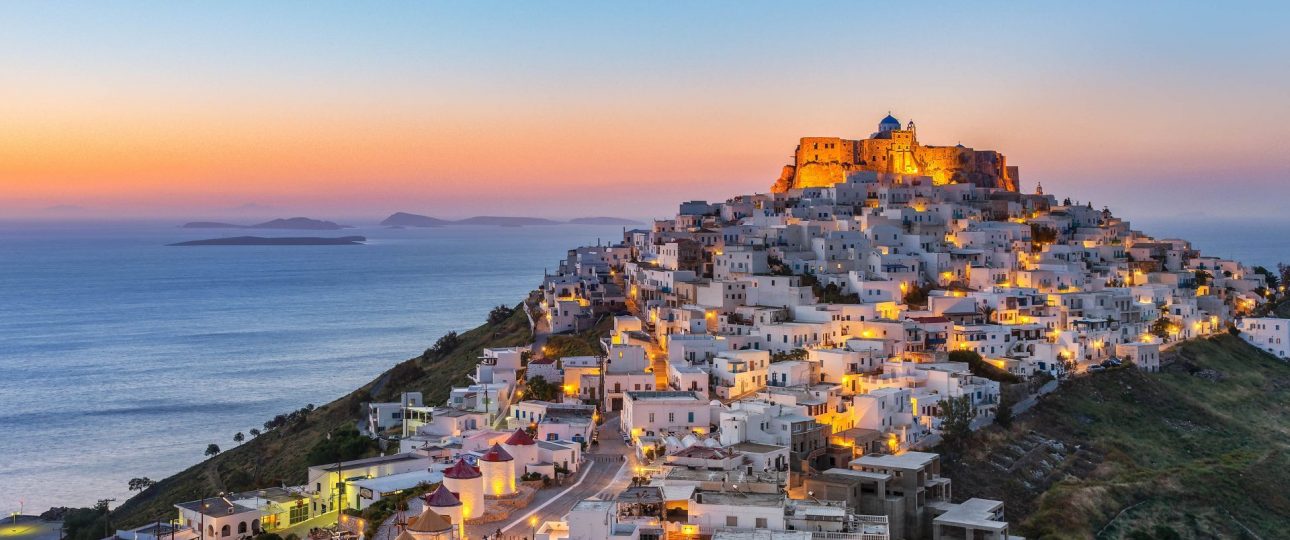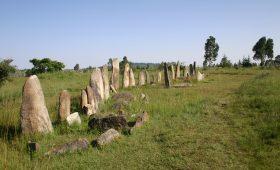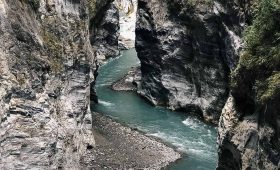Astypalea Island: A Greek Treasure
Welcome to Astypalea Island!
Astypalea Island, often overshadowed by its more famous neighbors, offers a unique blend of history, culture, and natural beauty. Located in the Aegean Sea, this island is a part of the Dodecanese group and is known for its rocky coastlines and pebble-strewn beaches. Whether you’re a history buff or a beach enthusiast, Astypalea has something to offer.
Getting There
Reaching Astypalea is straightforward. You can fly from Athens International Airport to Astypalea Island Airport, a journey of about 45 minutes. The airport is near Maltezana, offering convenient access to the island. Alternatively, ferries from Piraeus Port in Athens connect to the new harbor at Agios Andreas. The ferry ride takes approximately 8 hours, providing a scenic view of the Aegean Sea.
Local Transportation
Exploring Astypalea is best done on foot, especially in the charming village of Chora. However, for those who prefer quicker travel, renting a car or scooter is an option. This allows you to explore the island’s more remote areas, including its many uninhabited islets.
Best Time to Visit
The ideal time to visit Astypalea depends on your preferences. Summer, from June to September, offers warm weather with temperatures around 30°C, perfect for beach activities. If you prefer cooler weather and fewer crowds, consider visiting in spring or autumn. These seasons offer mild temperatures and a quieter atmosphere, with blooming wildflowers adding to the island’s charm.
Exploring Astypalea
Chora, the island’s capital, is a highlight with its whitewashed houses and narrow streets. The Venetian Castle, built by the nobleman Giovanni Querini, stands atop a hill, offering panoramic views and a glimpse into the island’s storied past. The castle and the town are built on the site of the ancient city-state, with stones from ancient monuments reused in the construction.
Livadi Beach is another attraction, known for its golden sands and clear waters. It’s an excellent spot for relaxation or water activities like kayaking. For those interested in history, the one-room museum at Pera Gialos displays artifacts from the island’s past, including Mycenaean pottery and bronze weapons.
Historical Context
Astypalea’s history is rich and varied. It was colonized by Megara or Epidaurus and later became a free state under Roman rule. The island was part of the Byzantine Empire and later came under Venetian control. It was occupied by the Ottomans until 1912, with brief periods under Venetian and Greek control. In 1947, it officially became part of Greece.
Archaeological sites like the Kylindra graveyard, the largest child and infant cemetery in the world, offer insights into the island’s ancient past. Excavations have revealed thousands of burials in ceramic pots, dating from the Late Archaic to the Early Classical periods.
Astypalea is not just a destination; it’s a journey through time, offering a blend of natural beauty and historical intrigue. Whether you’re exploring its rugged landscapes or delving into its rich past, the island promises an experience unlike any other.




